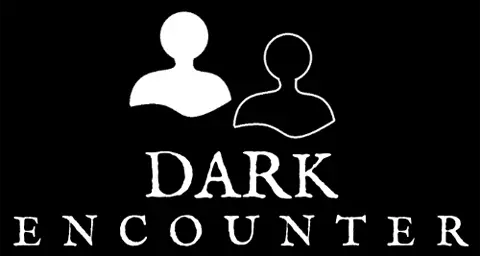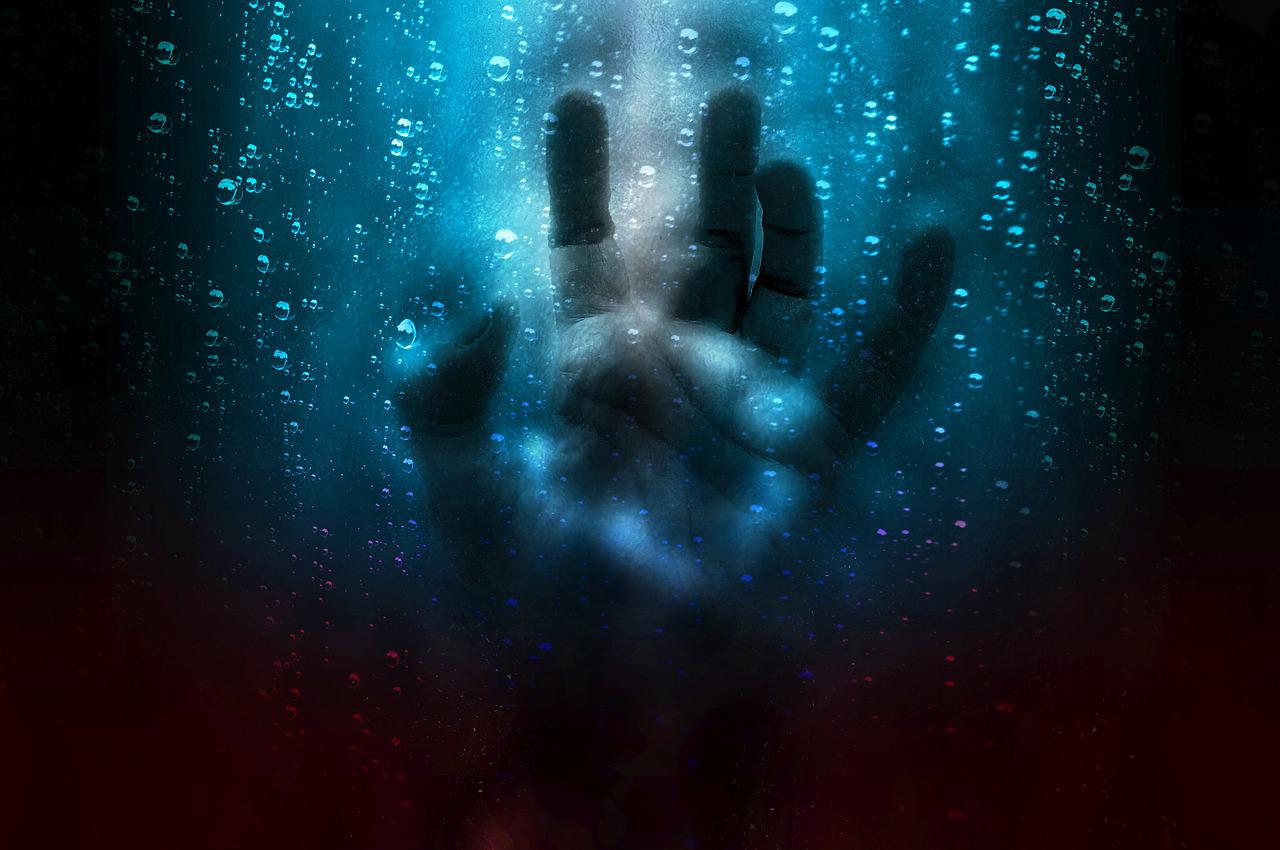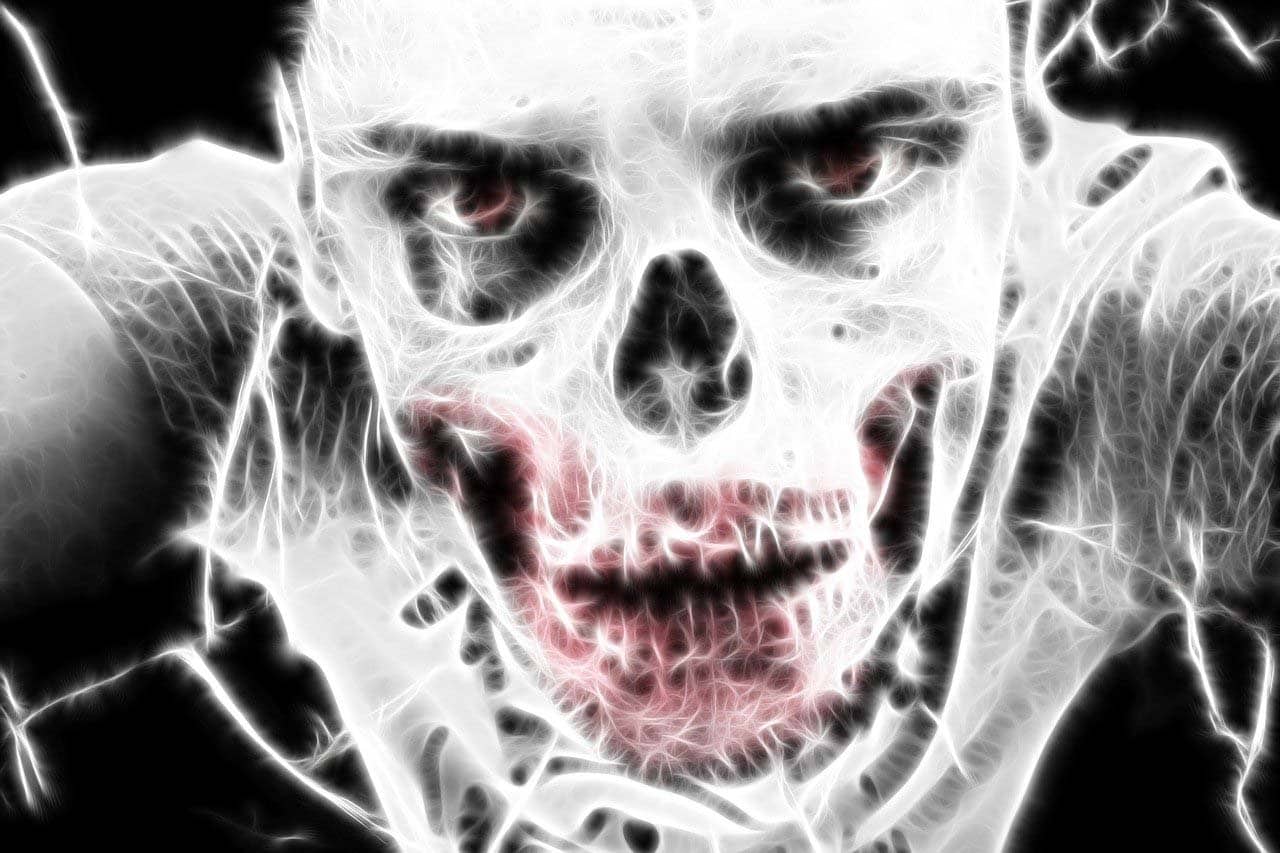Many writers like the slow-burn style of psychological horror stories and the way they build tension. But, if you press them, they will have a hard time explaining the difference between Psychological horror and regular horror.
A horror story uses violence, gore, and the fear of danger to create scary situations. There is almost always some sort of supernatural element. Psychological horror uses the suggestion of danger to create scary situations. It focuses on the emotional and mental state of the characters to create horror. In a normal horror story, a character will run away because a monster is chasing them. In a psychological horror story, a character will run away because they believe a monster is chasing them.
What do we Mean by Horror?
Horror stories are meant to be scary but they use blood and gore or violence to accomplish it.
A horror story doesn’t always have to be violent or gory, but it will usually suggest it. For example, a ghost story will often include a backstory of a person who died in a horrible and violent way causing them to become a ghost.
Some horror stories are more visceral and describe characters dying in gruesome ways. Other horror stories may set up the premise that something terrible will happen to the protagonist if they don’t escape some curse or solve some problem.
The point is that non-psychological horror is about external things or the suggestion of external things happening to a character.
What do we Mean by Psychological Horror?
Psychological horror is about the things your mind creates. If a character hears a noise in a dark room, their mind will make it into a monster. If the room was well-lit, the same noise would be explained away as something unimportant.
Psychological horror is about the suggestion of something scary rather than an actual scary thing. It’s the boogeyman hiding in the closet that you can’t see.
A good way to think of it is that psychological horror is all about the evidence. The protagonist finds the tracks of the monster and follows them, establishing fear by unravelling the mystery.
The things that you show the reader are not nearly as important as the things you keep hidden. The story is told through clues, leaving the real horror to the reader’s imagination.
What Psychological Horror Isn’t
Some people assume that psychological horror is any story that focuses on apprehension or an unsettling atmosphere. That isn’t necessarily wrong, but it’s too simple. There has to be a deliberate attempt to suggest something menacing is waiting in the shadows.
Psychological horror is also often confused with psychological thrillers. For instance, Silence of the Lambs is often called a horror movie. It isn’t. It does have some horror elements to it, but it never leaves the audience thinking that something is hiding under their bed. It doesn’t suggest that somebody might be murdered by a serial killer, it shows it.
And another point, psychological horror is not simply horror that has psychos in it. Serial killers, deranged madmen and escaped mental patients can all make for a good horror story, but that is not necessarily psychological horror. Psychological horror is suggestive. The horror comes from your own mind, that’s why it’s psychological. Not because it has anything to do with psychological issues in the characters.
Inner Conflict of the Protagonist
One of the ways that psychological horror achieves its scares is by playing on the protagonist’s ego. The hero of the story may come to doubt themself, which causes inner conflict. They can no longer trust their own judgement, so the horror comes in the form of the question, “what is real here?”
This is an attack on the ego. It is the suggestion that the protagonist is not good enough to handle the circumstances of the plot. By extension, the reader, who is projecting themself into the story’s hero, will experience feelings of uncertainty and inadequacy.
The main theme here is paranoia. Not all psychological horror has to be about paranoia, but it does make a powerful force if you choose to use it.
Examples From Movies and Books
Roman Polanski’s Rosemary’s Baby (1968) is a classic example of psychological horror. It is a slow-burn movie where a young mother believes that people in her apartment are out to get her baby.
It contains inner conflict, as Rosemary comes to doubt the people around her and doesn’t know who to trust. It also contains the suggestion of horror rather than showing it explicitly. Rosemary comes to learn that there are devil-worshippers in her apartment building, but no horror is ever shown. In fact, we never even see the baby, besides one scene where we see its eyes.
This is the perfect example of how psychological horror should be done.
Some other great examples are The Babadook (2014) and It Follows (2015). These both use suggestive horror rather than overt scares. The viewer is left to wonder what is real, and we never really learn the true nature of the entities depicted in the films.
A great example of psychological horror in a book is Stephen King’s The Shining. A family moves into a mega-hotel to take care of it during the off-season and a paranormal entity begins to affect them.
In the story, we never learn what the entity is. Most of the horror is suggested and the few violent scenes are shocking because of the build-up of tension more than the act involved.
There is also a major focus on the mental and emotional states of the characters. The father, Jack Torrance, is aware that he is losing his mind and becoming violent, but he tries to reason with himself and overcome it without much success. This is classic psychological horror.
Mixing Them Together
The distinction between regular horror and psychological horror can get blurry. Most horror stories will contain some elements that can be called psychological horror. Likewise, good psychological horror stories will contain paranormal elements and violence that could be taken as straight-up horror.
There is no reason why you have to write one or the other exclusively. You can mix them to get the best effect. A good example is Richard Matheson‘s Hell House. This is a classic haunted house story where a group of investigators must stay in a house to determine if the supernatural is real or not.
The is a lot of suggestive horror throughout the story as we learn about the owner of the house and all the terrible things they did while alive. For example, one of the characters is a psychic lady who appears to be having conversations with the spirit of a former resident. However, we are unsure if the spirit is innocent or has wicked intentions. As the reader, we start to imagine all the terrible things that could go wrong in this situation.
There is also straight-up horror, as each of the characters are killed off in gruesome ways. We eventually do learn all the secrets of the house, but until the end of the story, we are left wondering about the truth of the haunting.
It seems that good horror stories will always contain a mix of brutal horror and psychological elements. With the best horror stories, it will always be difficult to define which category it falls into, exactly.
When deciding how to write your stories, it’s a matter of choosing whether you want to go heavy on the psychological elements or the straight-up horror elements. It’s best if you can write them both well.





